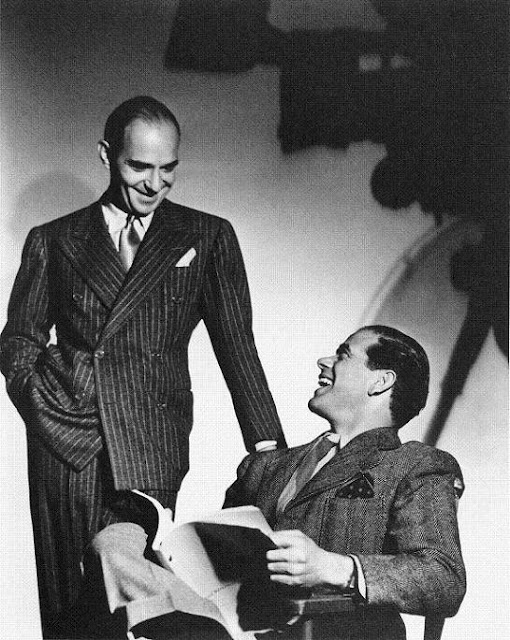 No, I'm not a toady but it's funny that someone on the net called me that. What is a toady anyway? As a toady I assume it would be my job to defend the opinions of the Toady Master (John), even if I believe they're wrong, but do I do that? Not that I'm aware of.
No, I'm not a toady but it's funny that someone on the net called me that. What is a toady anyway? As a toady I assume it would be my job to defend the opinions of the Toady Master (John), even if I believe they're wrong, but do I do that? Not that I'm aware of.And to whom am I supposed to defend those opinions? Can I talk directly to John's adversaries or am I supposed to talk only to the adversaries' toadies, you know...toady to toady. I don't know, it's way too complicated. Anyway, I'm not a toady. John and I disagree about too many things for that.
 For one thing we disagree about Wally Wood (above). How can John not like the guy? Maybe he's down on the later Wood who was forced to draw all those Marvel comics.
For one thing we disagree about Wally Wood (above). How can John not like the guy? Maybe he's down on the later Wood who was forced to draw all those Marvel comics. And what's this about Jack Davis (above) being over-rated? By way of evidence John says Davis uses fish scales to denote ground. What's wrong with that?
And what's this about Jack Davis (above) being over-rated? By way of evidence John says Davis uses fish scales to denote ground. What's wrong with that? John is also completely unmoved by John Sibley, the Disney animator who did the best scenes in the Goofy sports cartoons. He calls Sibley "wacky," which is Johnspeak for the silly, pointless things that clowns do. Believe me, it's not a compliment. Me, I love Sibley. (Sigh!) I don't think we'll ever agree about this.
John is also completely unmoved by John Sibley, the Disney animator who did the best scenes in the Goofy sports cartoons. He calls Sibley "wacky," which is Johnspeak for the silly, pointless things that clowns do. Believe me, it's not a compliment. Me, I love Sibley. (Sigh!) I don't think we'll ever agree about this.
John and I disagree about a whole bunch of things but one of the things we do agree about is that cartoons need to be funny. They need to be written funny, drawn funny and animated funny. That doesn't sound like much to ask for but you'd be amazed how difficult it is to pull off.
To do it John had to figure out a whole new way of writing stories, a new way of organizing a studio, a whole new drawing style, and when he encountered a problem getting it on TV he worked with others to co-invent Flash animation so he could put it on the net. Later on he tried to teach that drawing style to potential employees on the net and in the process created a blog that was unparalleled in the industry. You don't have to be a sycophant to admire that.
Oops! There I go sounding like a toady again! I think I'll wrap this up now so I can hunt for some flies.




























 A question: let's say you're in a restaurant, the kind where you pour the drink yourself...do you take whatever the machine offers straight or do you mix and match your drink?
A question: let's say you're in a restaurant, the kind where you pour the drink yourself...do you take whatever the machine offers straight or do you mix and match your drink?




















